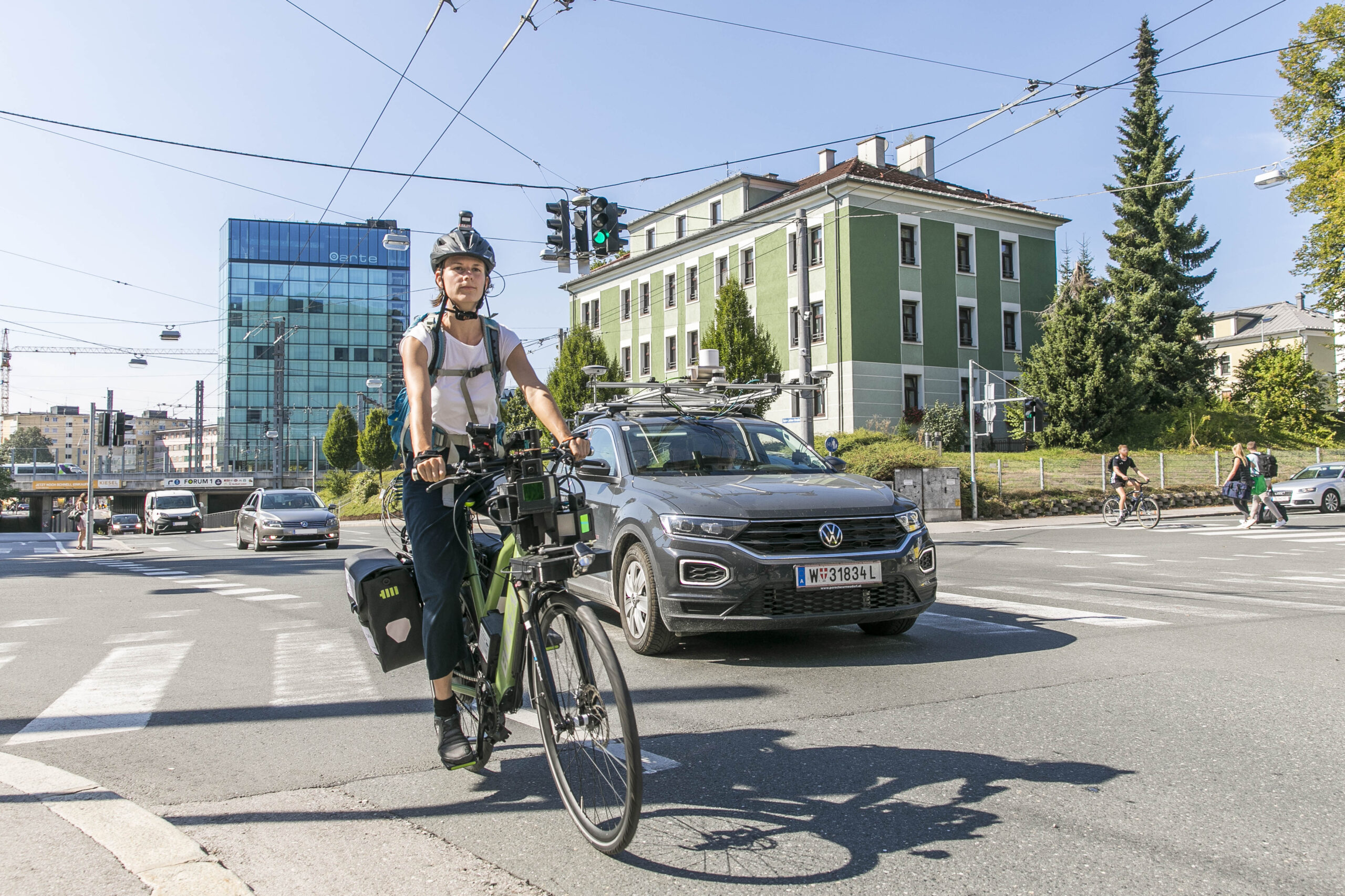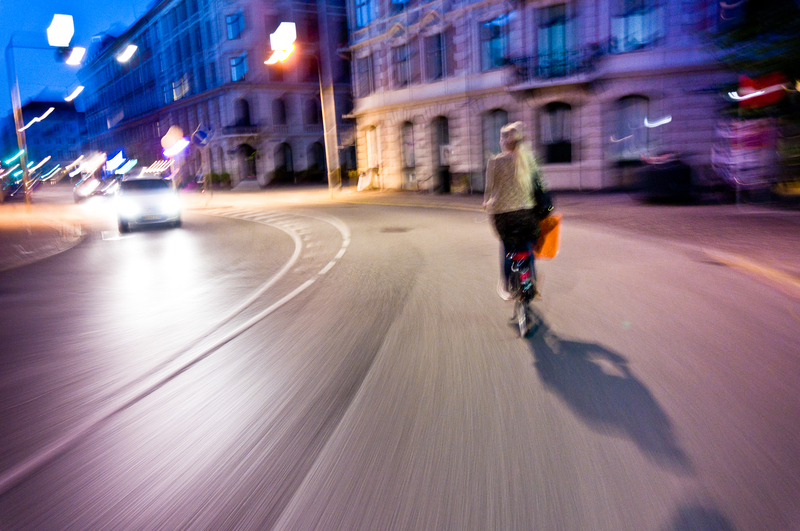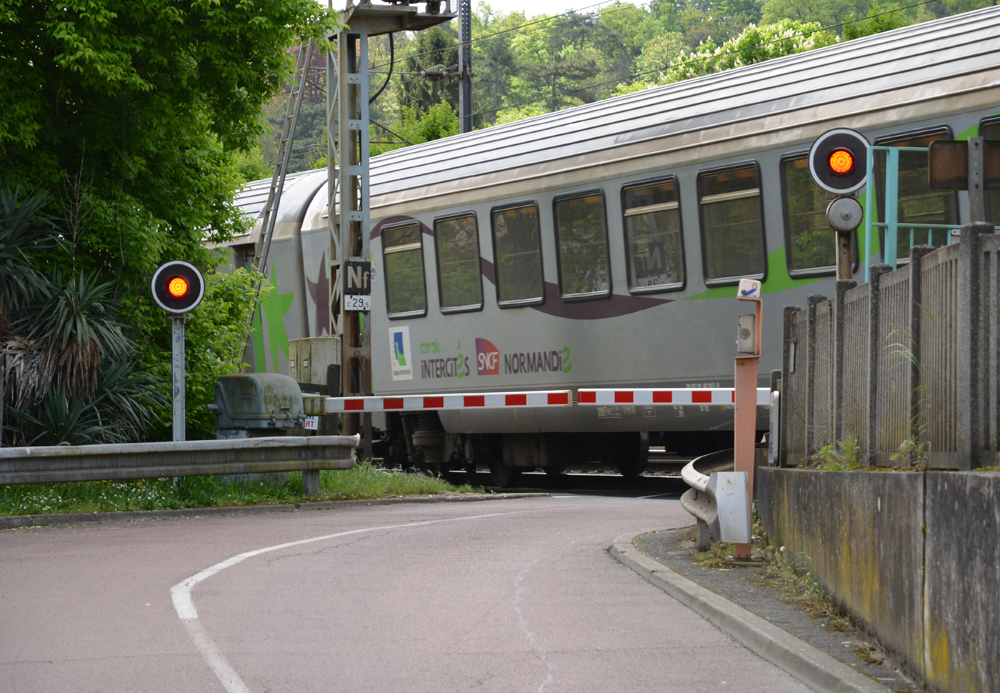
A project in Austria aims to show that there will be fewer collisions between vehicles and cyclists if cooperative intelligent traffic system (C-ITS) technology is rolled out.
The Bike2CAV initiative, which ran for nearly three years until 30 April 2023, tested a method for the cooperative detection of collision risks and developed warning concepts for cyclists during a pilot in Salzburg.
ITS-G5, bicycle localisation, cameras and Lidar sensors and roadside sensors with cameras were used, and Austrian and German researchers say the scheme validated wireless communication channels between different vehicles, bicycles and the infrastructure under real conditions for the first time - in three scenarios at two test intersections in rural and urban areas.
A networked, automated vehicle and a new type of networked research bicycle were used in the experiments at the test intersections of Weiserstraße/Gabelsbergerstraße in Salzburg - equipped with smart sensors - and on the B158 in the Salzburg municipality of Koppl.
The research consortium was made up of Salzburg Research Forschungsgesellschaft (project management); AIT - Austrian Institute of Technology, Center for Vision, Automation & Control; University of Salzburg, Department for Geoinformatics; Kapsch TrafficCom; Bike Citizens Mobile Solutions; Boréal Bikes; and KFV - Board of Trustees for road safety.
Testing different data processing methods
Different data processing methods were tested, from the self-localisation and detection of road users, to the recognition of collision risks and the generation and transmission of warning messages, to communication with cyclists and other road users.
“An important finding was that cyclists often use the infrastructure at the urban junction under investigation differently than intended," says Martin Loidl from the University of Salzburg. "This is probably due to the fact that the planning primarily follows the needs of motor vehicle traffic."
In addition to two GNSS receivers built into the Holoscene bike, the accuracy of a smartphone and a high-precision sensor mounted on the helmet were also looked at. The goal was a deviation of less than 50cm with 99.9% reliability.
In 2015, Statistics Austria recorded 6,901 traffic accidents involving bicycles - but in 2021 there were 9,578, with between 32 and 50 cyclists killed each year during this period.
The crashes involving other vehicles mostly occurred when they were turning off at an intersection, with the bicycle mostly going straight ahead.
“In addition, there is a large number of near misses that do not appear in any accident statistics," says project manager Cornelia Zankl from Salzburg Research.
"Therefore, we wanted to use our research work to make these risks easier to assess so that measures can be taken before anything happens."
The desired localisation accuracy was "very challenging" due to dense development and a railway underpass, Zankl says. Researchers found a lateral deviation of 0.5m with 95% reliability in the rural environment, with less than 2m and 95% reliability in the built-up area.
Active detection via ITS-G5
Equipping bicycles with V2X technology allows automated vehicles to have active detection via ITS-G5 in addition to passive detection via environmental sensors.
"Bikes like this are not yet available on the market, but a proof-of-concept prototype was tested in the project," says Louis P. Huard, CEO of Boréal Bikes.
“Our camera-based AI detection system used to recognise and classify motor vehicles and pedestrians has been expanded and optimised to recognise cyclists," says Alexander Paier from Kapsch TrafficCom.
"In addition, the draft of the message format collective perception message for the transmission of information from detected road users was successfully tested for V2X communication."
"The visual determination of body posture and hand signal recognition are particularly important for reliable movement prediction," says Martin Fletzer from AIT - Austrian Institute of Technology.
Different warning modes - acoustic, visual and tactile warning signals - were designed and tested using a navigation app on the smartphone, vibration on the handlebars and acoustic signals in the helmet. "The cyclists found auditory warnings to be particularly helpful, especially in situations where a vehicle is approaching from behind," says Zankl.
While the tests were successful, further development is needed, she insists. "In summary, we can confirm that collision risks can be detected cooperatively with the chosen approach. However, the connection of different data sources and the processing of the large amounts of data was still very complex."
The Road Safety Board (KFV) examined whether the cooperatively recognized situations were actually risky for cyclists and whether they were effectively warned of a risk. “During the field test, we managed to generate a good selection of typical high-risk situations for cyclists. In 27 of the 30 trips, a warning of a situation that was actually dangerous for cyclists was sent to the road users involved," attests Hatun Atasayar, safety expert at KFV.
The research was sponsored by the Federal Ministry for Climate Protection, Environment, Energy, Mobility, Innovation and Technology.











